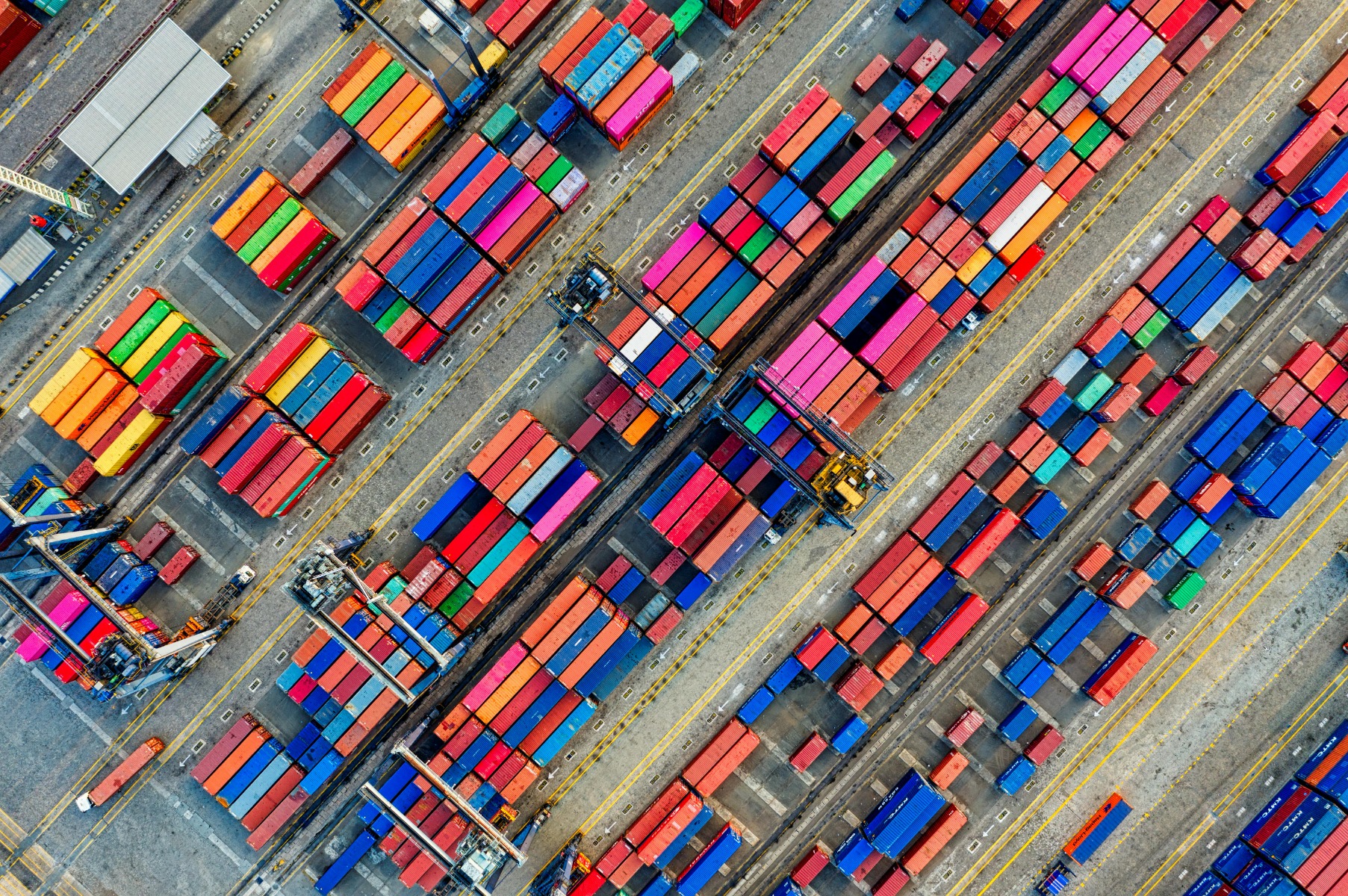
Efficient and timely transportation of goods is crucial for businesses to thrive. However, various factors can disrupt supply chains and cause significant time delays. One such region that has faced recent challenges is the Red Sea, with ongoing conflicts including the attacks by Houthi rebels in Yemen and a drought in the Panama Canal region causing disruptions and delays.
These delays can have a profound impact on brands, leading to increased shipping costs, consumer prices, and decreased profitability. So how can you mitigate the financial losses and ensure smooth operations amidst the uncertainty?
Current challenges facing the Red Sea route
The Red Sea route is currently facing several challenges that have caused time delays for many businesses. One of the primary challenges is the ongoing conflict in Yemen, where Houthi rebels have been launching drone and missile attacks in the Red Sea.
Shipping companies have had to reroute their vessels, either around the southern tip of Africa or through air freight. But these alternative routes can add significant travel time and increase transportation costs.
These increased costs are often passed on to the consumers, resulting in higher prices for goods. The extended delivery times also disrupt supply chains, leading to potential shortages of materials and products.
What strategies can you put in place to help face delays?
Take a multi-modal approach
There are various risk mitigation strategies you can implement, such as diversifying your supply chains and exploring alternative transport routes. Having multiple options and contingency plans in place means you can minimise the impact of time delays and ensure a smooth flow of goods.
While it does increase costs, implementing a multi-modal approach, for example combining different modes of transport like sea, air, and rail, can increase flexibility and enable your brand to adapt to changing circumstances. Additionally, if you establish strong relationships with multiple suppliers, you can help ensure a steady supply of materials and products and stay up-to-date on any delays and issues.
Try off the shelf solutions
Off the shelf packaging offers a convenient and efficient solution if you’re facing delays with custom packaging. These packaging options are designed to be versatile, accommodating a wide range of products without compromising on quality or aesthetics.
By looking at stock packaging, such as the wide range available on Tiny Box Company, you can quickly get your products to market while still having the flexibility to add your own branding with foil or digital printing, with ribbon, labels, and stickers available too. This approach reduces lead times and mitigates the risks associated with bespoke packaging delays, allowing you to maintain a consistent offering.
Look at insurance options
One approach to help mitigate financial losses is to explore insurance options that provide coverage for delays, disruptions, and transport costs. Insurance can help you recover from any losses and provide a safety net in case of future delays.
Delay in delivery insurance provides coverage for financial losses incurred due to time delays. You can also opt for marine cargo insurance, which covers the goods being transported and provides protection against damage, loss, or theft. Additionally, you may consider business interruption insurance, which compensates for the financial losses resulting from disruptions in the supply chain.
While insurance coverage does come at an increasing cost, it can still provide you with peace of mind and financial protection. Carefully assessing your insurance options and selecting the appropriate coverage can help your brand mitigate the risks associated with these delays.
Ensure effective communication
Establishing strong partnerships with local authorities, such as port authorities and customs agencies, means you can share information and insights on potential delays and strategies for mitigation.
Effective communication channels with stakeholders, including suppliers, logistics partners, and customers, are also crucial for timely updates and coordinated responses to time delays. By fostering open lines of collaboration, you can mitigate potential disruptions, resolve issues efficiently, and maintain strong relationships.
Additionally, good communication with customers helps manage expectations, provide updates on delivery times, and address any potential concerns or inquiries quickly.
Leveraging technology can also play a crucial role in overcoming disruptions. You can explore advanced tracking and visibility solutions that provide real-time data on the status and location of your shipments, and predictive analytics and artificial intelligence can help optimise your supply chain operations, identify potential bottlenecks, and make data-driven decisions.
In conclusion
Navigating time delays in the Red Sea requires a strategic approach. Understanding the region's significance in global trade and the challenges it faces is crucial, but by analysing the impact of delays, you can develop flexible supply chain strategies and leverage technology for real-time monitoring.
Looking into multi-modal strategies, off the shelf packaging solutions, legal considerations, and having strong communication are also key. Furthermore, investing in alternative routes, transportation modes, and building resilience in supply chains can significantly help amidst these uncertainties.
































